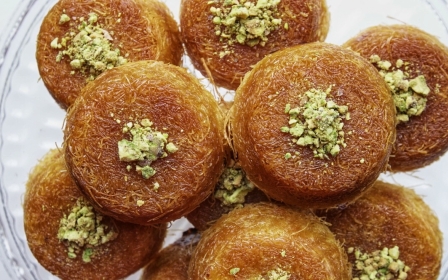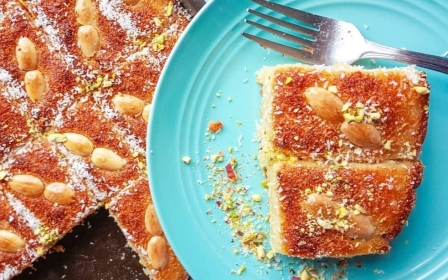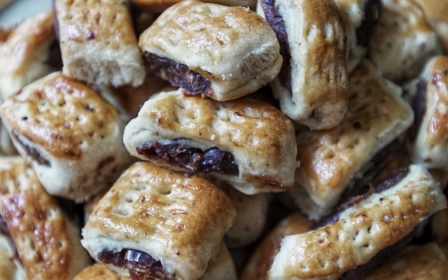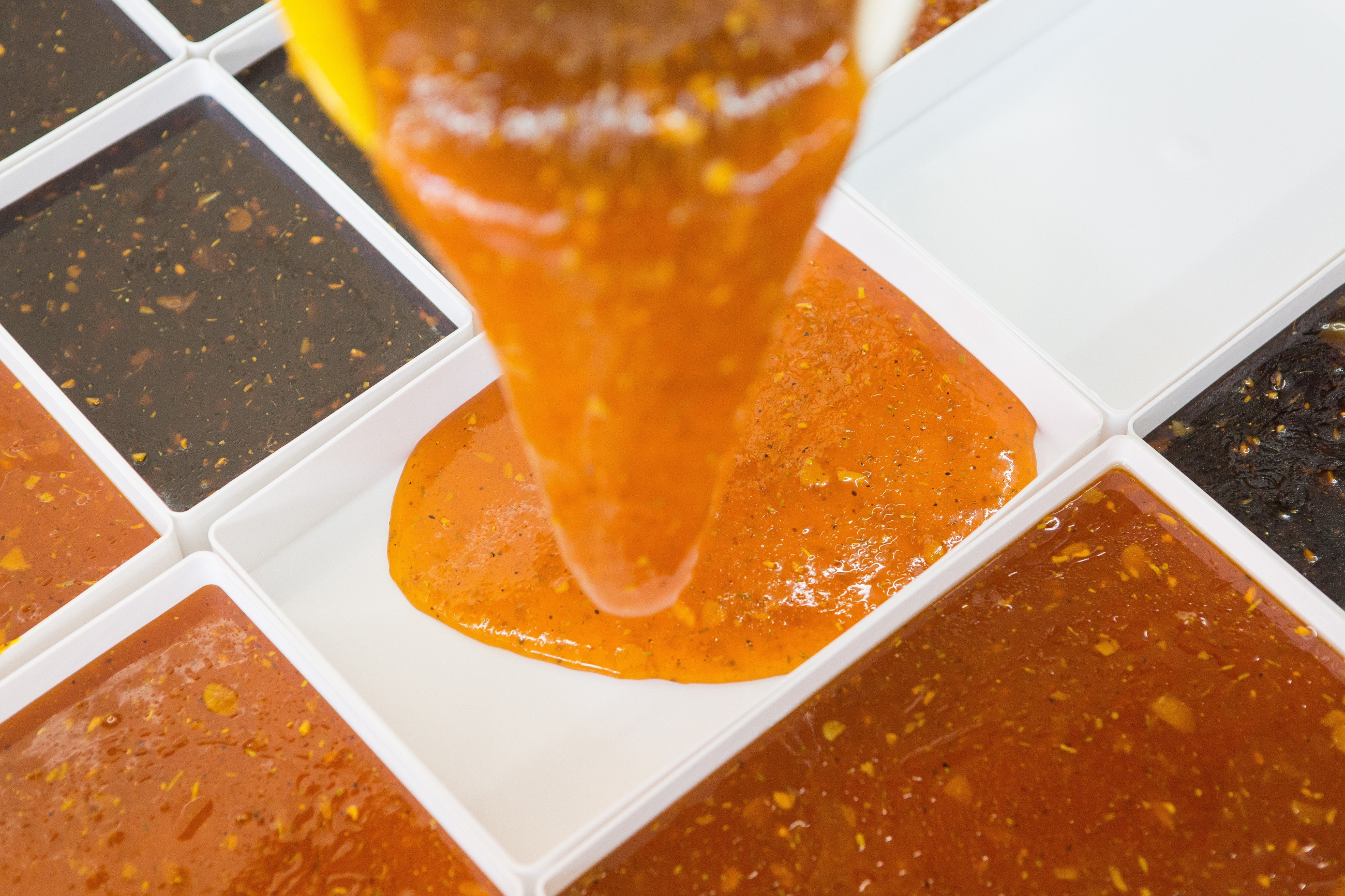
In pictures: Oman’s halwa is a sweet secret
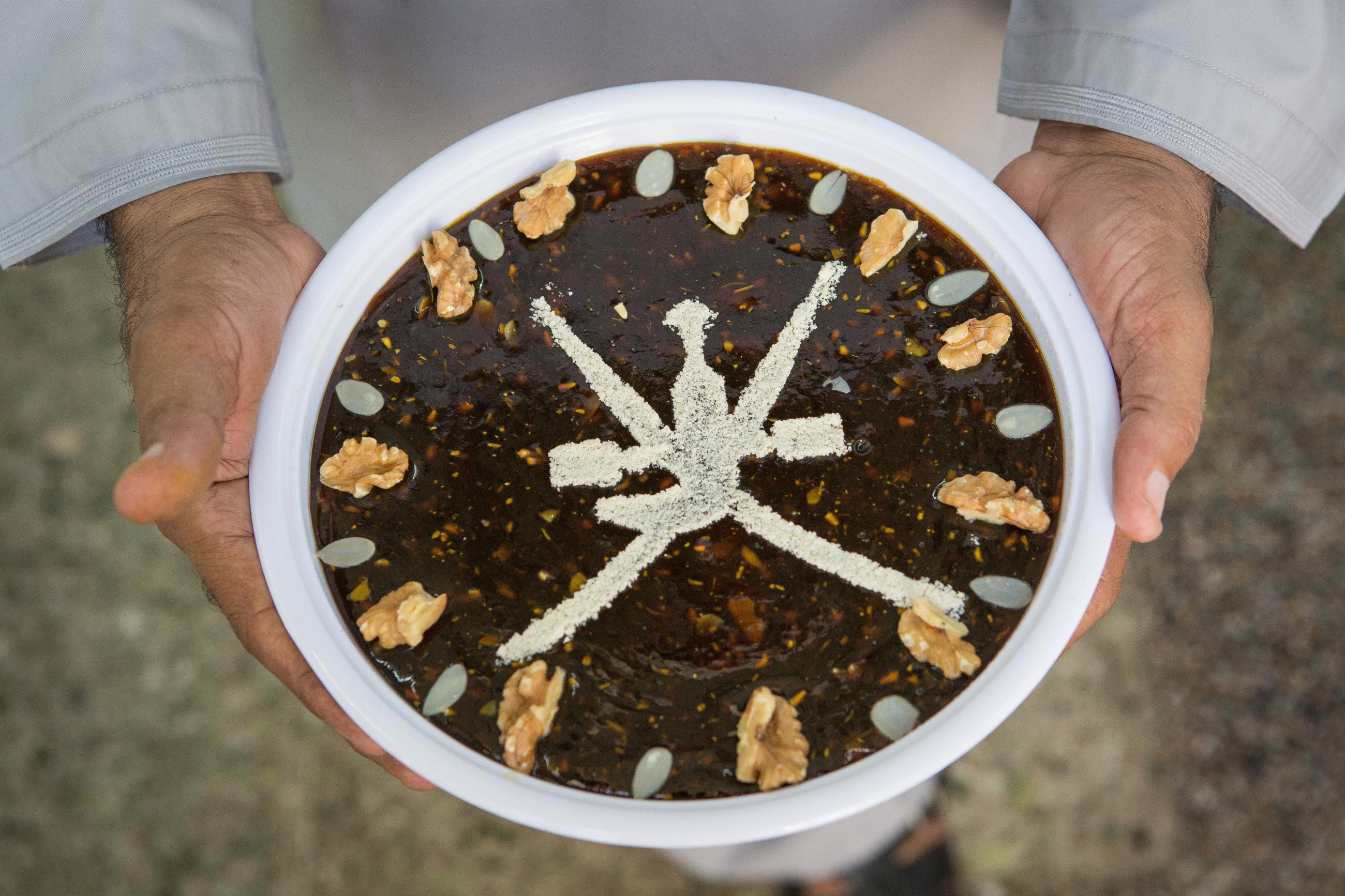
For centuries, the Sultanate’s legendary hospitality has been symbolised by the sweetness of its national dessert: Omani halwa. As an old adage goes, whoever is invited into a house in Oman deserves a bite of this traditional sweet, which is also popular during Eid, the month of Ramadan, graduation, birth and marriage parties.
Omani chef Ahmed al-Habsi can’t imagine a celebratory event without halwa: “It would feel like something is missing.”
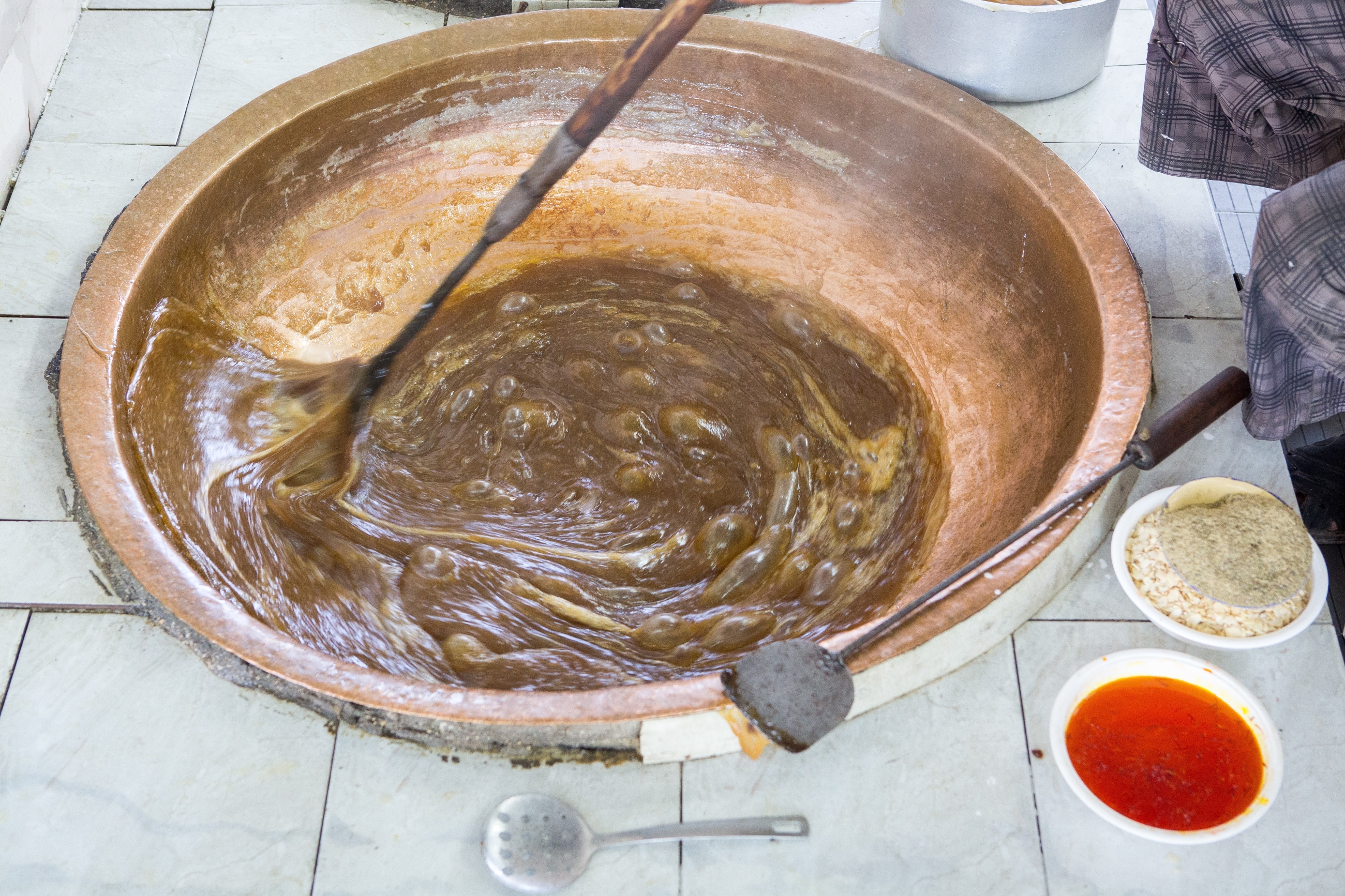
Served with an Arabic coffee known locally as Qahwa, Omani halwa is made of sugar, water, corn starch and ghee, a type of clarified butter commonly used in South Asian and Middle Eastern cuisine. In recent years, new flavours have been added to attract impassioned gourmets: honey, milk, Dhofari frankincense, figs, dates, cardamom, rosewater, saffron, sesame and various nuts.
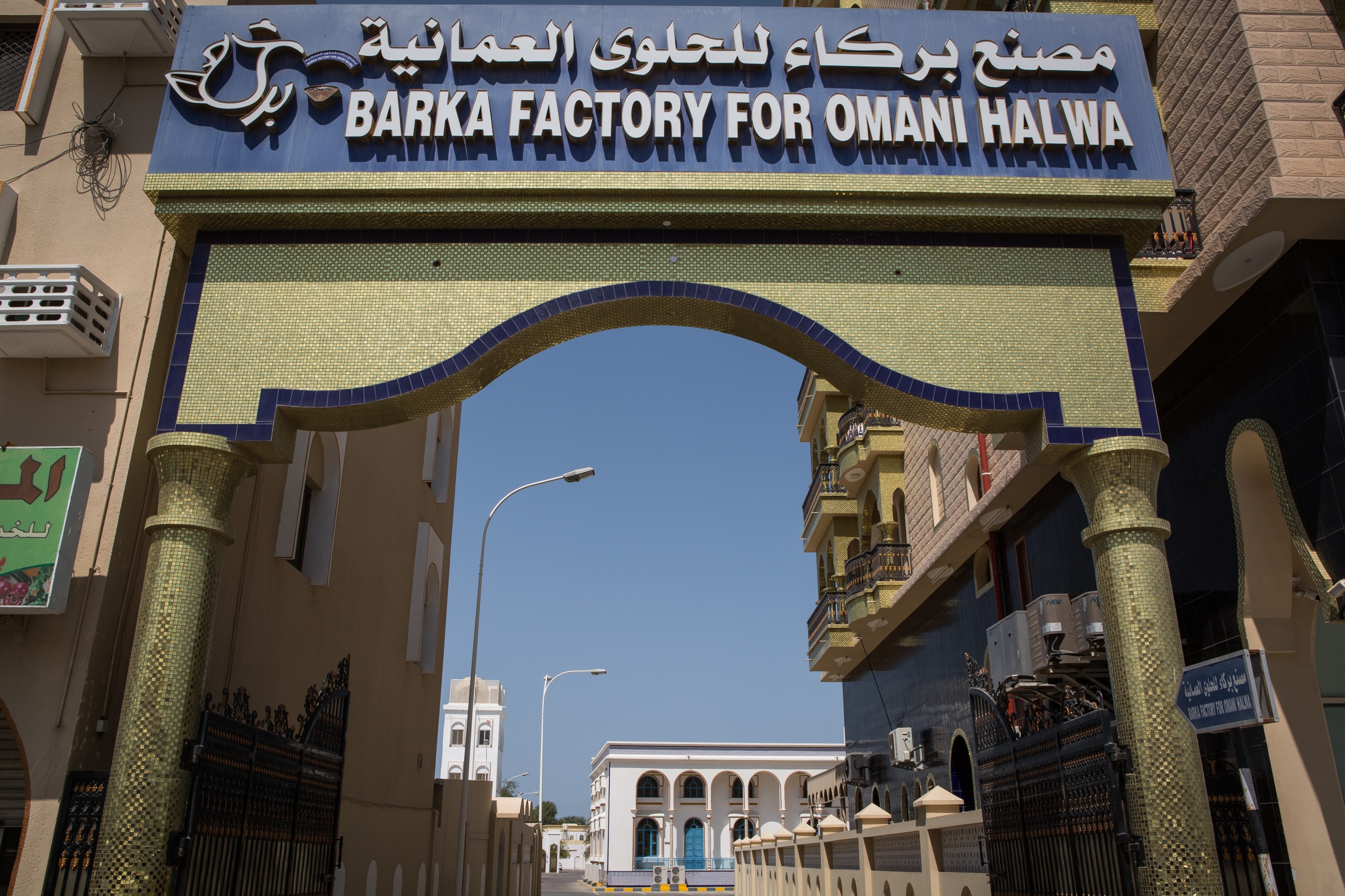
At the Barka Factory for Omani Halwa, the Sultanate’s long-standing traditions live on. Founded in 1951 by Abdulrahim Abdulrahman al-Balushi, the company is one of the largest producers of Omani halwa in the Gulf, with daily production oscillating between 240 and 2,000 kilograms, depending on the order book, a representative interviewed by MEE said.
In a bid to preserve the prestige of the brand and its distinction in a highly competitive market, it is claimed that ingredients used in the factory are “natural and carefully selected”.
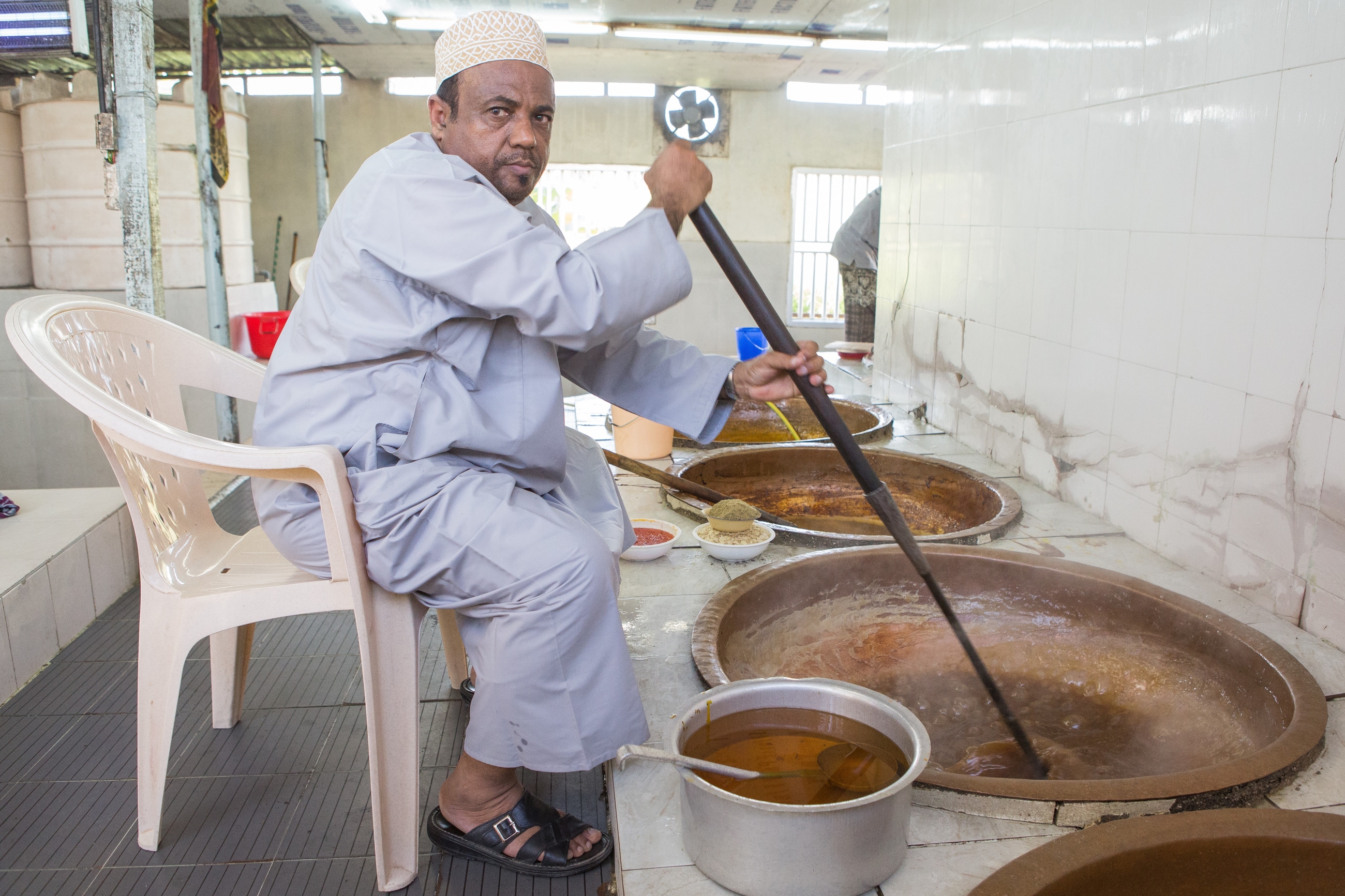
Since 1980, Ahmad Awad Jimran Safrar has owned a factory, which he inherited from his mother. She would cook halwa in Oman’s second-largest city, Salalah - yet, preparing this dessert is seen as physically demanding and remains a male preserve.
Ahead of his retirement, Safrar, 58, expresses concerns about his looming succession and the willingness of his son to take over Bin Safar Halwa, which employs 12 people and sells 40,000 boxes of Omani halwa a year.
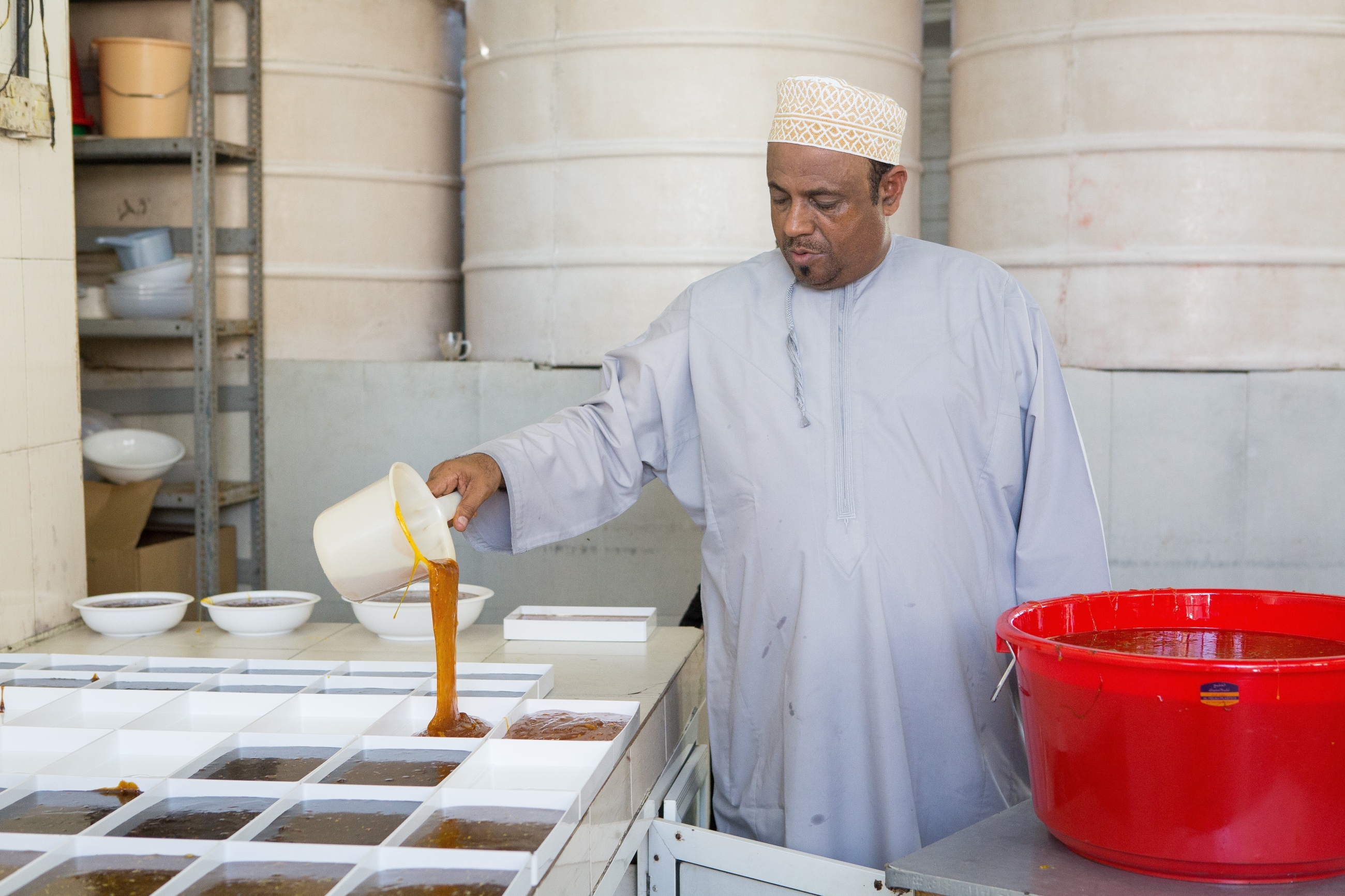
Bin Safar pours freshly made halwa at his factory in Salalah. In Oman, the art of cooking halwa has traditionally been a familial heritage passed down from generation to generation.
At the Barka Factory for Omani Halwa, the founder’s sons already play an active role in the daily operations. During a tour of the company, one of them recalls that the factory is “a secret place” not open to the public in order to safeguard business interests. “We have our own recipes, if we give them to our competitors, nobody will buy from us,” Zakariya Abdulrahim al-Balushi said.

Omani chef al-Habsi says recipes written in cookbooks are not sufficient to produce one-of-a-kind Omani halwa: “You have to know techniques and blend ingredients with care and subtlety.”
At the Barka Factory for Omani Halwa, prices range from US $4.40 to $26 per kilogram and although most of the production is sold locally, the company exports dozens of tons every year to clients in the UAE, Qatar, Kuwait, Saudi Arabia and Bahrain, including royal families.
“When I see our halwa abroad, I feel proud of Oman and our sweets,” al-Habsi confesses.
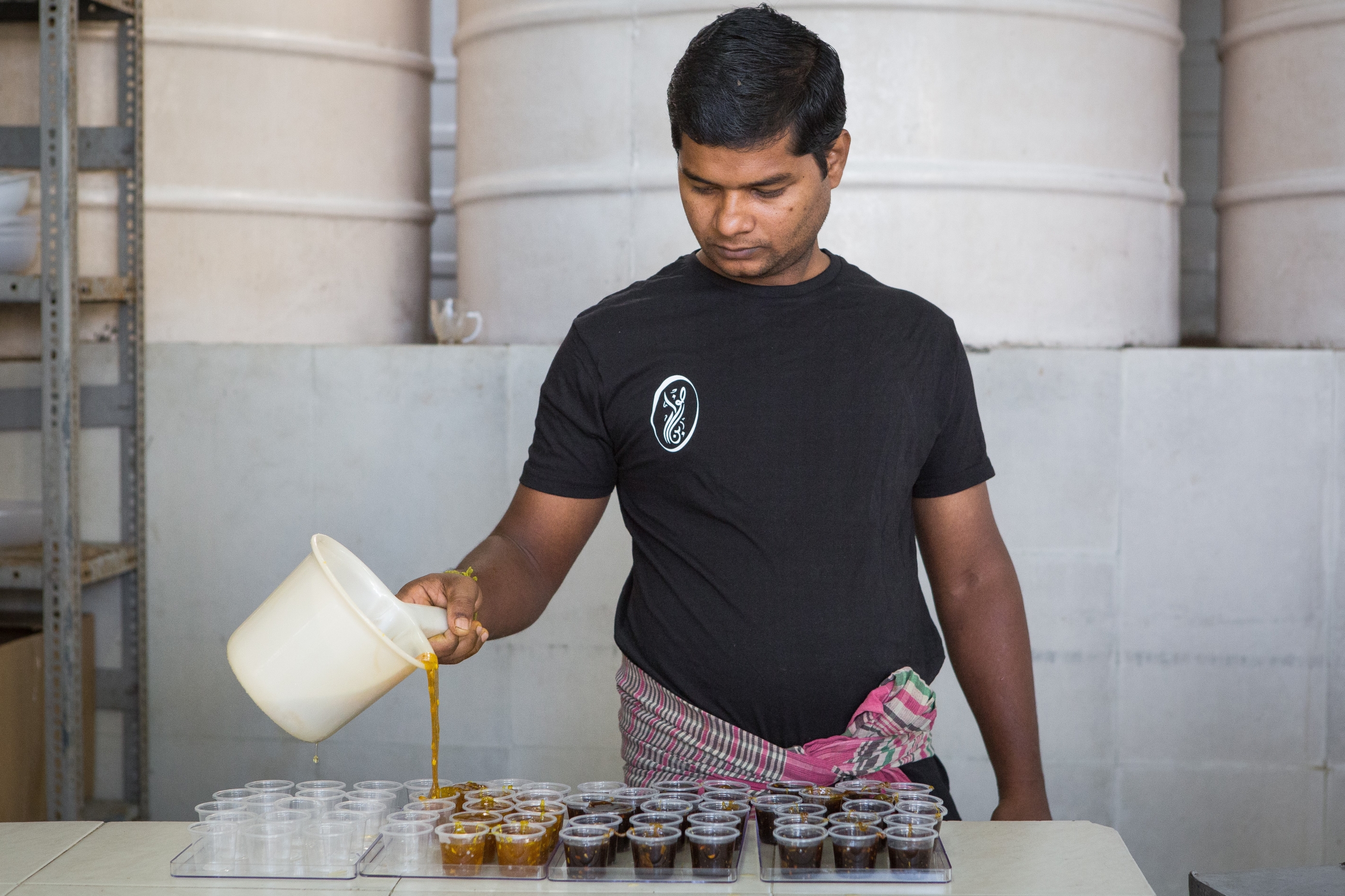
Attracted by the prospect of a quick return on investment, some halwa factories tend to use low-quality ingredients, add unnecessary sugar to the preparation or replace refined flavours like saffron with cheap colourant in order to lower production costs, halwa makers told MEE.
As a result, halwa factories are now regulated and requested to obtain official permits prior to starting production. Ahmad Awad Jimran Safrar confirmed that “local authorities perform unannounced quality controls” - in August 2019, the Times of Oman reported that authorities have taken action against two halwa factories for not complying with health requirements.

Given the amount of saturated fat and sugar involved in the preparation of Omani halwa, which consequently increases the risk of cardiovascular diseases, obesity and diabetes, the dessert is at risk of being “categorised as unhealthy food”. Thus, research is underway to develop low-fat halwa and “replace ghee with healthy vegetable oils”.
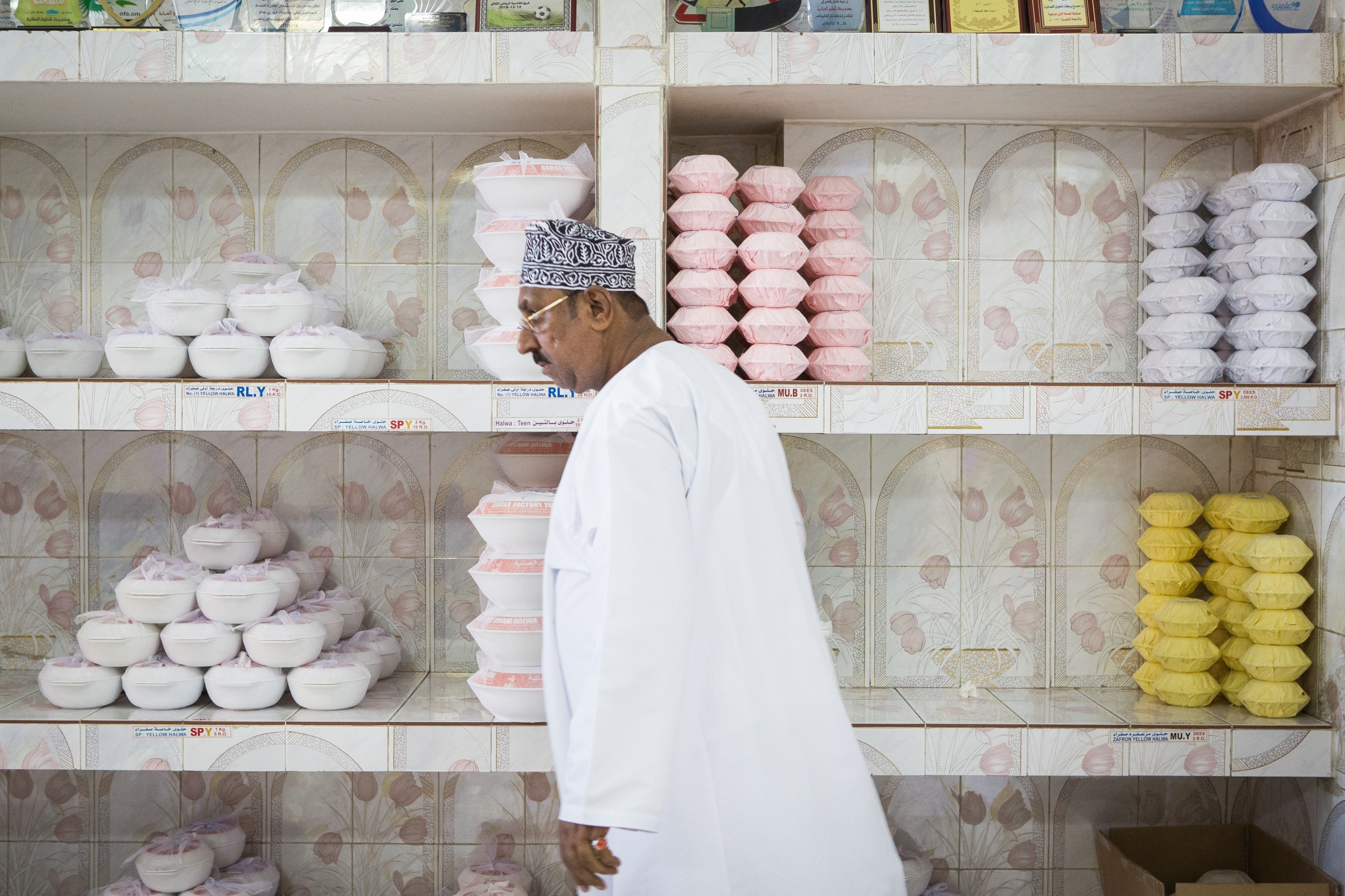
Boxes of Oman’s national dessert are for sale at the showroom of the Barka Factory for Omani Halwa, one of the largest producers in the Gulf region.
In recent years, the Omani halwa industry has witnessed several developments, ranging from production techniques to the popularisation of by-products flavoured with Omani halwa, such as ice creams, chocolates and macaroons.
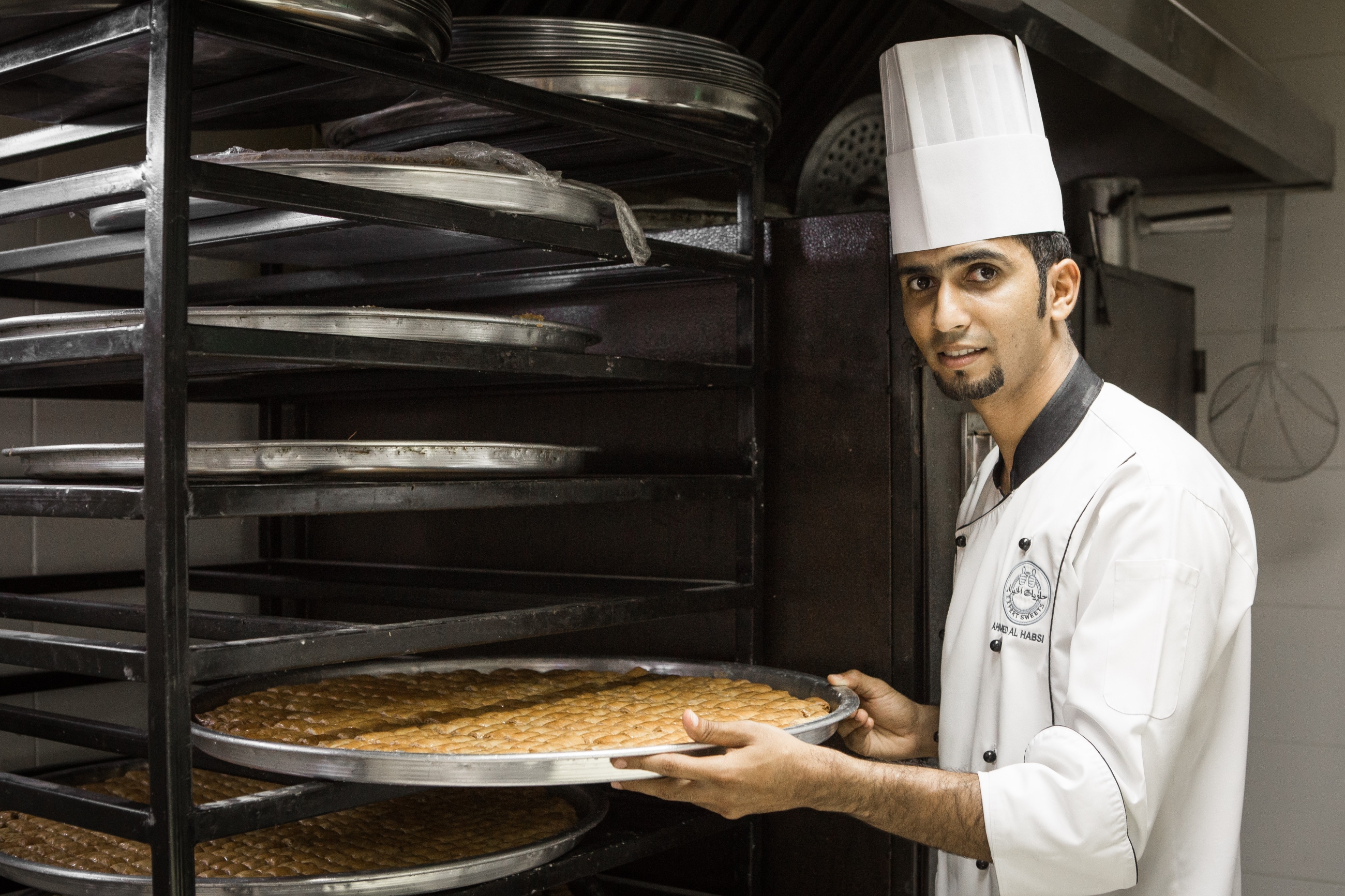
Al-Habsi believes business owners and cooks "should not play" with the Sultanate’s ancestral culinary traditions. “Most of the people do not accept it. A speciality is a speciality, if you mix it up, you damage it,” the chef claims.
Al-Habsi graduated from the National Hospitality Institute (NHI) at the age of 30. After years working for a multinational hospitality company in Muscat, he launched his own business and also worked in the royal court to cook for Qaboos bin Said al Said, the Sultan of Oman.
“For His Majesty, it is the traditional black Omani halwa, always.”
Middle East Eye delivers independent and unrivalled coverage and analysis of the Middle East, North Africa and beyond. To learn more about republishing this content and the associated fees, please fill out this form. More about MEE can be found here.


